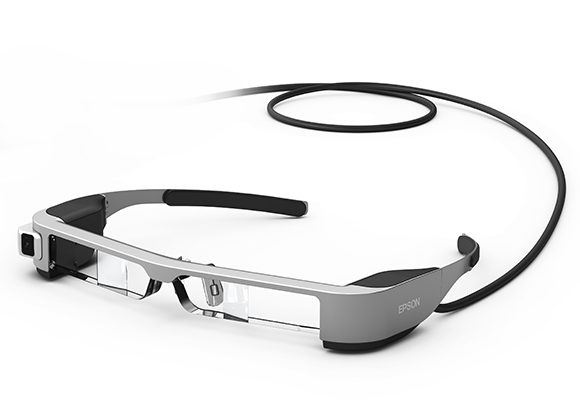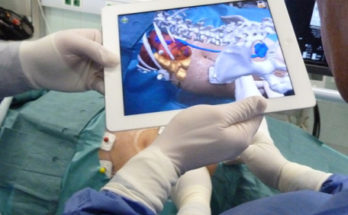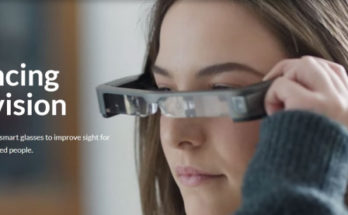The Rebirth of AR Glasses
Google Glass began for a small group in 2013 with the Explorer Edition, but it failed due to cost, the shortage and buggy performance, and overall creepiness. People ignored it, companies banned it, its users became known as “Glassholes,” and by 2015, Google Glass for users was lined.
The same technology has found the home in other places, such as workshops, storehouses, and clinics, where it was named “assisted reality”.
“A variety of companies that work with us and work with other members in the ecosystem saw this as a potential game-changer,” says Jay Kim, Chief Strategy Officer at Upskill, a prominent industrial AR solution provider. “There were real problems we were solving, whereas, in the consumer context, these devices were just nice to have.”
Providing operators access to information is a clear use case for smart glasses. Businesses such as Upskill enable companies to blend AR technologies into their workstreams. GE, one of Upskill’s main customers, has been using the company’s AR applications in many sectors, including renewable energy and aviation.
As they work, employees are using smart glasses can get access to guidance and detailed content about the job without disrupting their work. They communicate with the gear through voice commands or by swiping and touching the side of the glass. The devices let them capture information such as footage or pictures from their work environment and send it for storage in the company’s backend servers.
Mixed Reality Is Coming
Other organizations are improving the performance through mixed reality (MR), a superior kind of augmented reality that lasts between traditional AR and VR. As opposed to AR, which covers graphical objects on top of real-world representation, mixed reality has depth and creates the reaction that the gadgets are inserted in real place. For instance, in an MR experience, a virtual object might be partially or completely obscured if a real-world object stands in its path.
Because the technology is still in its early stages, headsets are larger, embrace the whole perceiving of the user, and have a poor field of view. And beyond the high-end headsets, most MR designs need wearers to be tethered to a machine, which makes their use a bit limited in mobile work settings.
However, the immersive experience of MR has some encouraging use cases, and many organizations and investors are speculating on its future. Magic Leap, an MR headset startup, has raised over $1 billion in funding without even publishing its initial product. Established companies such as Microsoft and Epson have also made their move into space.
Aerospace and defence giant Lockheed Martin is using mixed reality in the construction and creating of real models like the Orion spacecraft and the NextSTEP space habitat, two outlines it’s managing in partnership with NASA.
Using a head-mounted display such as the Microsoft HoloLens, a real MR device, a user can see the control panels, wiring, and other parts of the finalized model. Now they can directly project the CAD drawings of the model into the MR headset.
In 2015, Microsoft and Autodesk, the leader in CAD software, partnered to produce devices for imagining and distributing 3D objects with MR technology. The technology can help designers, engineers, architects, workers, and even clients on the same page by helping them visualize the project as it would appear in its actual end environment, instead of poring over 2D maps or looking around 3D models in CAD software.
“Mixed reality is the next big technological frontier within the broader context of AR,” says Kim. “Where the technology is going to evolve is that, as the content sources become ready to be consumed in an immersive fashion, we can certainly see companies start to adopt more and more of the technology… That’s going to be the next kind of evolution into a world where AR is everywhere.”





Its not my first time to pay a quick visit this
website, i am visiting this web site dailly and take good facts from here
daily.